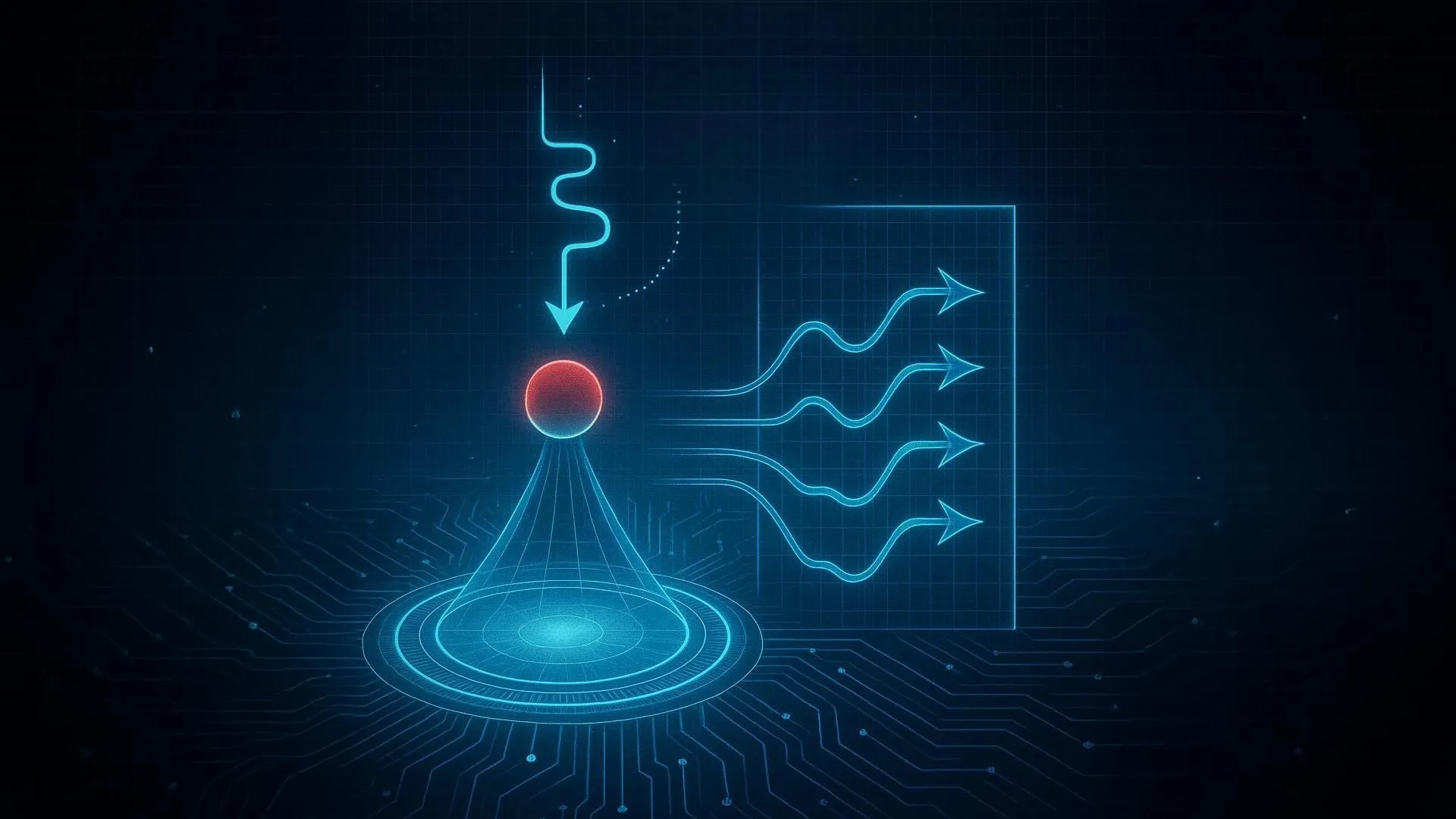Now Reading: Scientists Advance Quantum Dots: Smarter Tech at Lower Cost
-
01
Scientists Advance Quantum Dots: Smarter Tech at Lower Cost
Scientists Advance Quantum Dots: Smarter Tech at Lower Cost

Quick summary
- Quantum Dots and Quantum Computing: Quantum dots are promising for photonic quantum computing but face challenges such as emitting photons of slightly different colors, limiting their efficiency in multi-photon applications.
- New Development: An international research team led by Vikas Remesh from the University of Innsbruck has developed a purely optical solution using stimulated two-photon excitation to generate photon streams directly from a quantum dot without requiring complex electronic components.
– The method uses precisely timed laser pulses and polarization-controlled stimulation pulses to trigger photon emissions deterministically.
- Advantages: This new approach eliminates the need for expensive and inefficient electro-optic modulators,moving complexity to the optical excitation phase. It also produces high-quality two-photon states with excellent single-photron properties.
- Applications:
– Secure quantum key distribution protocols enabling simultaneous secure communication with multiple parties.
– Multi-photon interference experiments crucial for testing basic principles of quantum mechanics.
- Future Goals: Researchers intend to extend this technique to generate photons with arbitrary linear polarizations using specialized quantum dots.
- Publication & funding: The study was published in npj Quantum Details. It was supported by austrian and European research grants.
Indian Opinion Analysis
The development of this innovative technique for generating clean, polarized photons directly from a quantum dot is meaningful for advancing photonic quantum computing-an area that has both scientific and industrial benefits globally. India’s growing interest in emerging technologies like quantum computing stands to gain indirectly from such advancements, even when conducted internationally, by expanding the foundational knowledge required for large-scale applications.
This study’s emphasis on practical efficiencies (such as reducing reliance on costly electronic components) is particularly relevant as india invests heavily in developing scalable solutions under its National Mission on Quantum technologies & applications (NM-QTA). Solutions aligned with real-world feasibility are central to ensuring wider adoption beyond academic laboratories.Moreover, potential use cases mentioned-like secure communications through advanced encryption mechanisms-resonate with India’s goals around cybersecurity amid digital change initiatives. As global research progresses at pace, collaborations or technology transfers could expedite india’s own aspirations in next-generation computing systems.

























